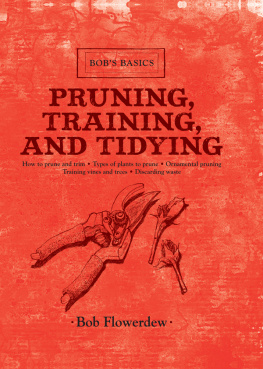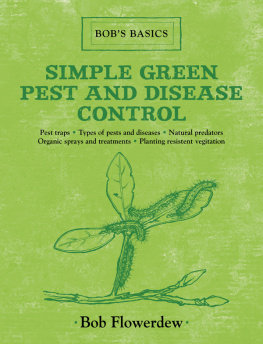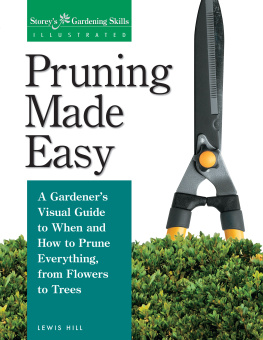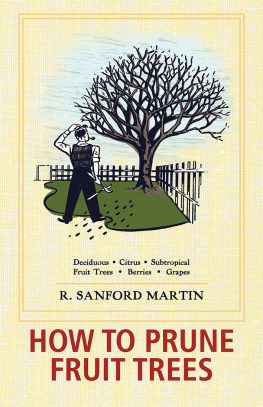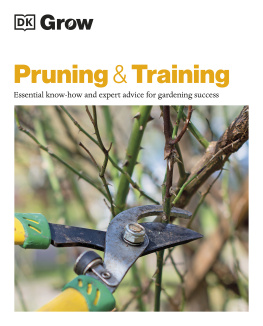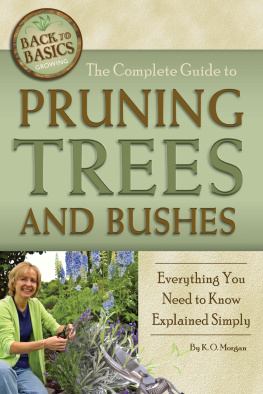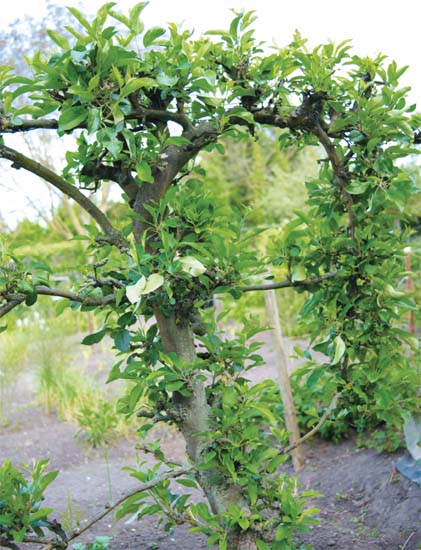
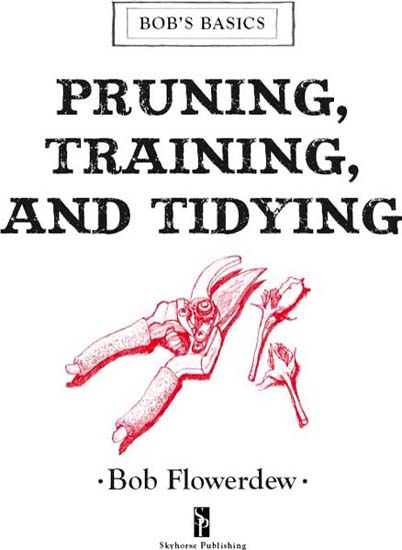
Copyright 2012 by Bob Flowerdew Design 2010 by Kyle Cathie Limited Photography 2010 by Peter Cassidy Illustration 2010 by Alison Clements
All Rights Reserved. No part of this book may be reproduced in any manner without the express written consent of the publisher, except in the case of brief excerpts in critical reviews or articles. All inquiries should be addressed to Skyhorse Publishing, 307 West 36th Street, 11th Floor, New York, NY 10018.
Skyhorse Publishing books may be purchased in bulk at special discounts for sales promotion, corporate gifts, fund-raising, or educational purposes. Special editions can also be created to specifications. For details, contact the Special Sales Department, Skyhorse Publishing, 307 West 36th Street, 11th Floor, New York, NY 10018 or info@skyhorsepublishing.com.
Skyhorse and Skyhorse Publishing are registered trademarks of Skyhorse Publishing, Inc., a Delaware corporation.
Visit our website at www.skyhorsepublishing.com.
10 9 8 7 6 5 4 3 2 1
Library of Congress Cataloging-in-Publication Data is available on file.
ISBN: 978-1-61608-625-1
Photographic Acknowledgments: All photography by Peter Cassidy except p. 64 by Bob Flowerdew
Printed in China by 1010 Printing Ltd
Contents

















Introduction
Most books on pruning, although worthy and well intentioned, are counsels of perfection for the professional gardener, scholars, or growers for show. Rarely is the advice about what you can leave to its own devices; it also doesnt indicate what you should do and what is optional care.
This book contains the simplest basics you need to know so you can prune those common fruits and ornamentals found in most gardens. Rather than demanding scrupulous attention to correct methods, the following chapters are about how not to prune too much, how to do less pruning, and how to get fair results for the very least pruning, or, put simpler still, its all about what you can get away with.
Having a garden inevitably involves some pruning. This could be done with little thought, as most shrubs and fruit trees recover fairly well anyway, or it can be done by the book, with you becoming almost obsessive, micro-controlling each plant in tortured bondage. But which book? Merely from curiosity it might be interesting to compare competing methods for just pears, roses, or grapesany one of which could keep you occupied for life with whole shelves of books devoted to minute permutations.
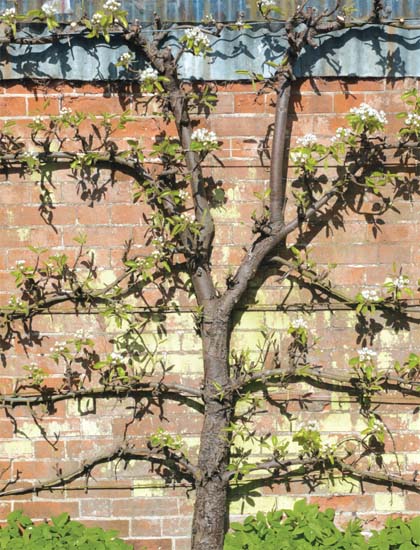
Espalier pears make the productive ornamental
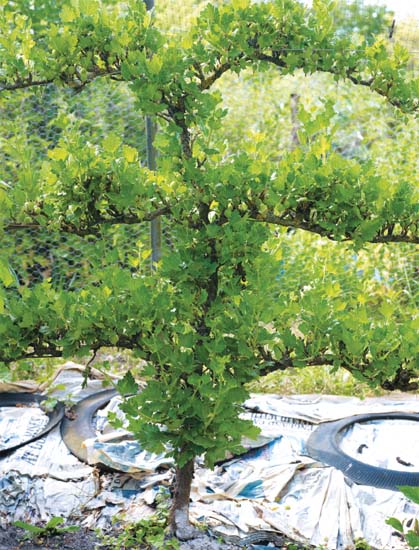
The flushes of soft new shoots arising from the horizontal tiers are best simply sheared back once or more times from early summer on
And therein lies the problem: most of us do not have enough time to learn these highest pruning skills, nor, often, do we start with a clean slate and virgin plants. Most gardeners do not start a garden from scratch but inherit a motley collection of neglected plants from previous incumbents. Few are dedicated specialists wishing to fine-tune a particular plant to perfection or enter their productions in competition. For these specialists there are those countless books and methods to peruse; most gardeners just need to prune plants to keep them confined within their limited spacein the hope that they will still get flowers and fruits, despite their attentions, or lack of.
Time is always short and we may not even know the names of the varieties we are faced with, let alone their appropriate treatment; of course we would all like to do a proper job, but if that is going to be too hard a task, better we do the next best thing.
To be fair, with generalizing, some errors will occursome plants will not get exactly the best treatmentbut even completely inappropriate pruning will rarely kill a plant unless it is repeated over and over again. So this book is about how you can get away with doing the least strenuous, rather than the most perfectionist, pruning.
NB: Although essentially a light job, its best to prune with a friendfirst in case of an accident, second because the work is easier if one cuts while another disposes of the trash, and third because a second pair of eyes may prevent some glorious mistakes.
Pruning and trainingwhy?
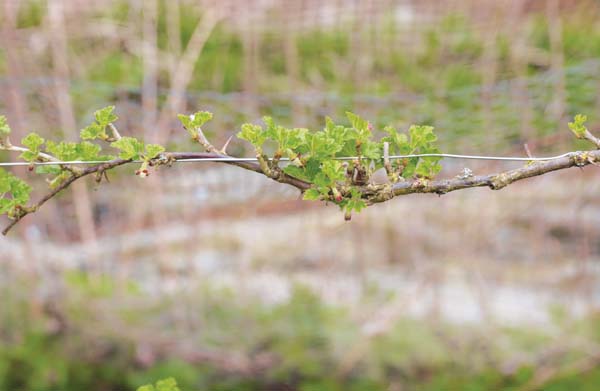
In an ideal world we would not need to prune, but nature left to itself is not always as we would want it. We certainly must prune away dead and damaged wood to stop it infecting further, and its reasonable to remove anything looking ugly. We may prune hoping to encourage more prolific flowering or to maintain regular crops of better-quality fruits than we would get otherwise. Large-growing trees and shrubs may need pruning to keep them down to a more appropriate size, especially if we foolishly put them somewhere too small. We may prune plants to certain shapes, for our own reasons, that would not so grow without our interventionsparticularly to create flat forms to fit against walls.
To do all this we do no more than remove unwanted shoots and train others to our design. Basically, pruning and training is all about redirecting growthgetting the plant to put shoots, leaves, flowers, or fruits where we want them. But its also often a case of squeezing more from less; to fit more plants in an area only big enough for far fewer. Pruning also often compensates for past errors of inadequate planning and inappropriate positioning.
Next page
